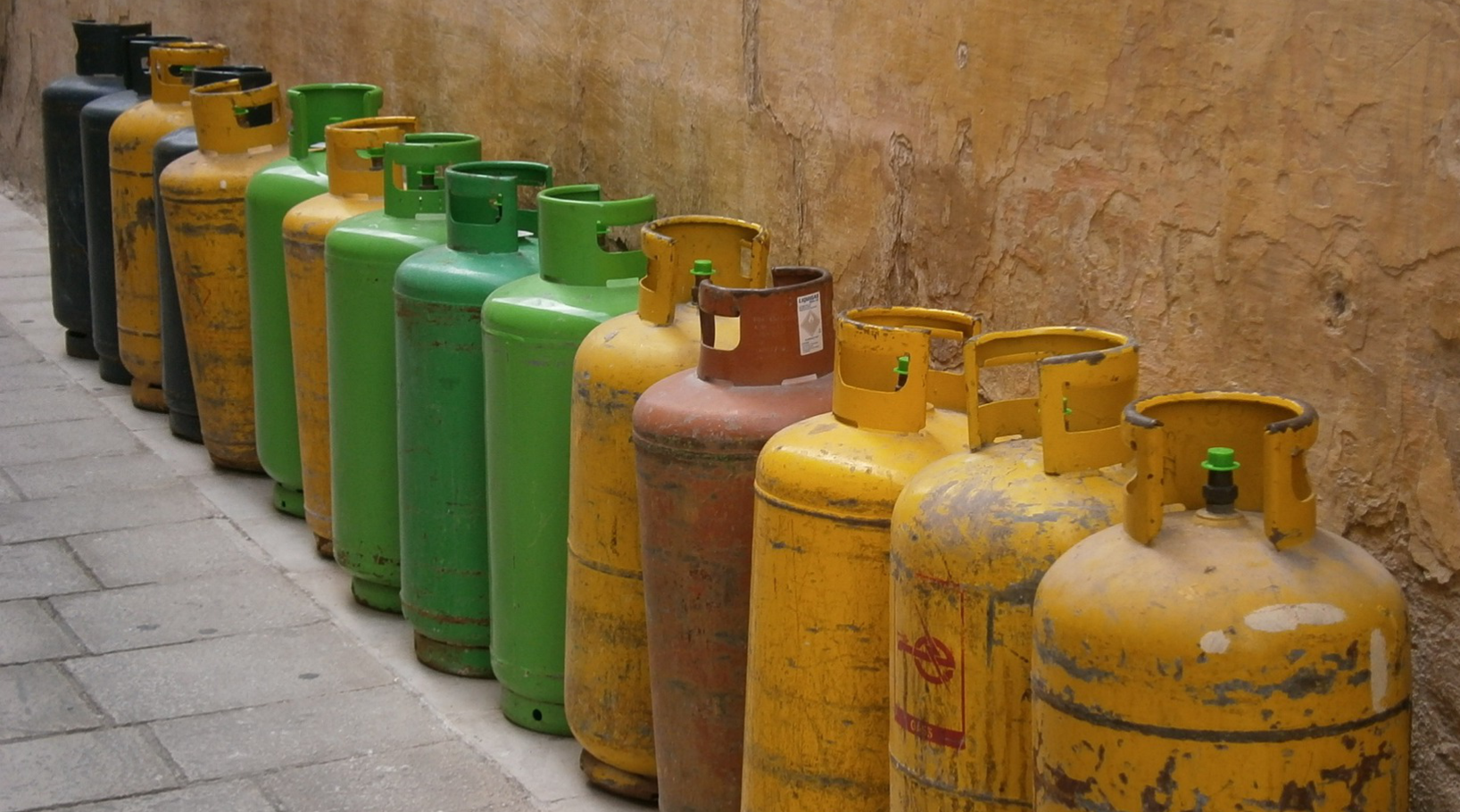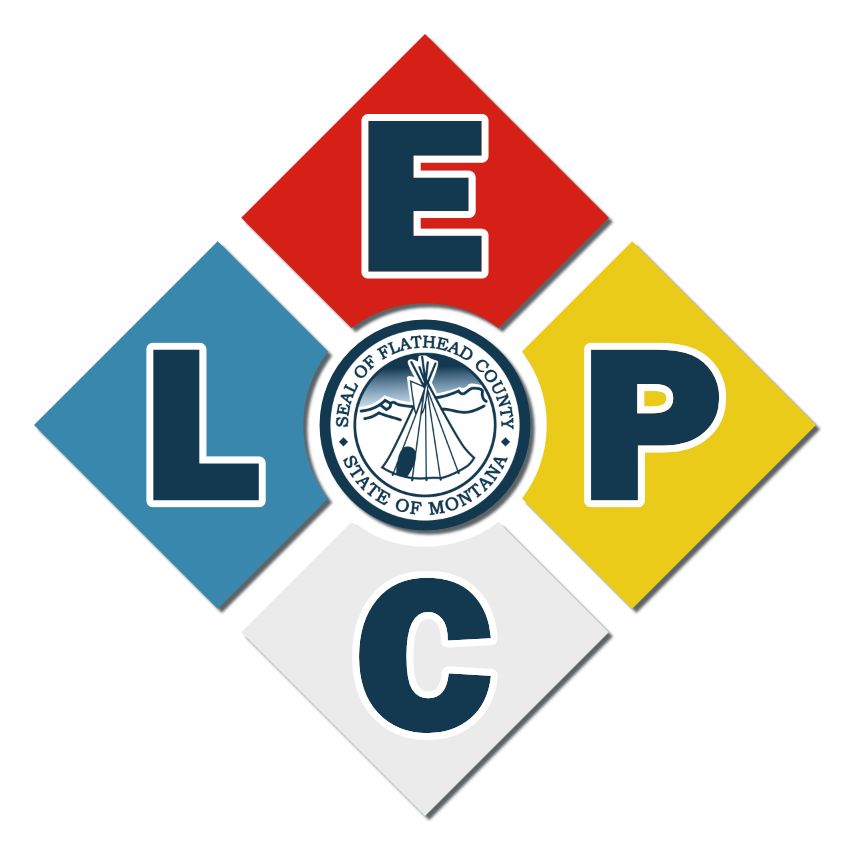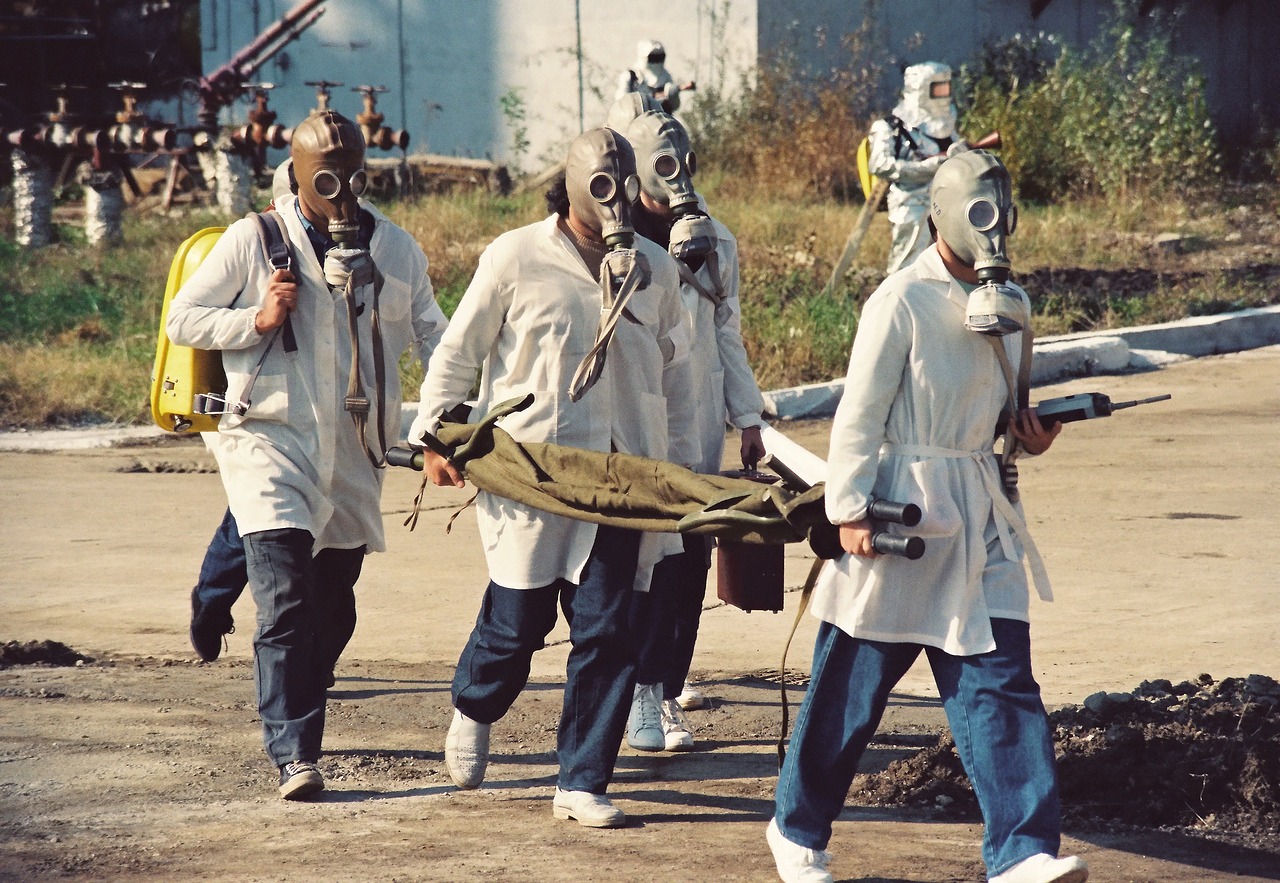
Overview
The Local Emergency Planning Committee (LEPC) is a product of federal legislation that was passed in the wake of the Bhopal, India disaster, where thousands of people died because of an accident involving hazardous materials. To prevent similar occurrences in our communities, Congress passed the Emergency Planning and Community Right to Know Act (EPCRA), also known as the Superfund Amendments and Reauthorization Act (SARA Title III), in 1986. EPCRA has four major provisions: Emergency Planning (Sections 301-303); Emergency release notification (Section 304); Hazardous chemical storage reporting requirements (Sections 311-312); and Toxic chemical release inventory Section 313). The Community Right-to-Know (CRTK) provisions in EPCRA help increase public knowledge and access to information on chemicals at individual facilities, their uses, and release into the environment. The State Legislature also enacted Right-to-Know (RTK) laws that are now fairly consistent with the existing federal RTK laws. As a result, states and communities, working with industry, are better able to protect public health and the environment.
Pursuant to United States Code Title 42, the Local Emergency Planning Committee (LEPC) is the organization responsible for development and implementation, at the local level, of the plans set forth and required by EPCRA. Created to address the public safety concerns of industry and local communities, the role of the LEPC is to form a partnership between local government, industry, community organizations and the public as a resource for enhancing hazardous material preparedness and response. The LEPC serves as a focal point in the community for information and discussions about chemical hazards that impact the County and risk management actions.
It is necessary for industry to be a part of this planning process to ensure facility plans are compatible with local emergency plans. Every regulated facility is responsible for identifying a facility emergency coordinator; reporting hazmat inventories annually to the SERC, LEPC, and local fire department; providing material safety data sheets (MSDS) or a list of hazardous chemicals; allowing local fire departments to conduct on-site inspection of hazmat facilities; and providing annual report of toxic chemicals released, to EPA and the State.
LEPCs are crucial to local hazardous materials planning and community right-to-know programs. The membership comes from the local area and should be familiar with factors that affect public safety, the environment, and the economy of the community. That expertise is essential as the LEPC advises the writers of the local emergency management plan, so the plan is tailored to the needs of its planning district. In addition to its formal duties, the LEPC serves as a focal point in the community for information and discussions about hazardous substance emergency planning, and health and environmental risks. Citizens will expect the LEPC to reply to questions about chemical hazards and risk management actions. The LEPCs can also anticipate questions about the extent and the health and environmental effects of routine toxic chemical releases. The EPA and the state are working together to ensure this information is available at the local level. Additionally, many companies are voluntarily providing local committees and other citizens with this information
Key Provisions
Sections 301 to 303: Emergency Planning
Local governments are required to prepare chemical emergency response plans, and to review plans at least annually. State governments are required to oversee and coordinate local planning efforts. Facilities that maintain Extremely Hazardous Substances (EHSs) on-site in quantities greater than corresponding Threshold Planning Quantities (TPQs) must cooperate in emergency plan preparation.
Section 304: Emergency Notification
Facilities must immediately report accidental releases of EHS chemicals and "hazardous substances" in quantities greater than corresponding Reportable Quantities (RQs) defined under the Comprehensive Environmental Response, Compensation, and Liability Act (CERCLA) to state and local officials. Information about accidental chemical releases must be available to the public.
Sections 311 and 312: Community Right-to-Know Requirements
Facilities manufacturing, processing, or storing designated hazardous chemicals must make Material Safety Data Sheets (MSDSs) describing the properties and health effects of these chemicals available to state and local officials and local fire departments. Facilities must also report, to state and local officials and local fire departments, inventories of all on-site chemicals for which MSDSs exist. These inventories (Tier I or Tier II reports) must be reported by March 1 of each year. Information about chemical inventories at facilities and MSDSs must be available to the public.
Section 313: Toxics Release Inventory
Facilities must complete and submit a Toxic Chemical Release Inventory Form annually for each of the more than 600 Toxic Release Inventory (TRI) chemicals that are manufactured or otherwise used above the applicable threshold quantities.
Section 322: Trade Secrets
Facilities are allowed to withhold the specific chemical identity from the reports filed under sections 303, 311, 312 and 313 of EPCRA if the facilities submit a claim with substantiation to EPA.
Over the past few years, many Local Emergency Planning Committees have moved from strictly hazardous materials planning to all-hazards planning.
Responsibilities
- Review local emergency management plans once a year, or more frequently as circumstances change in the community or as any facility may require (Section 303(a))*.
- Make available each MSDS, chemical list described in Section 311(a)(2) or Tier II report, inventory form, toxic chemical release form, and follow-up emergency notice to the general public, consistent with Section 322, during normal working hours at a location designated by the LEPC (Section 324(a)).
- Establish procedures for receiving and processing requests from the public for information under Section 324, including Tier II information under Section 312. Such procedures shall include the designation of an official to serve as coordinator for information (Section 301(c)).
- Receive from each subject facility the name of a facility representative who will participate in the emergency planning process as a facility emergency coordinator (Section 303(d)).
- Be informed by the community emergency coordinator of hazardous chemical releases reported by owners or operators of covered facilities (Section 304 (b)(1)(a)).
- Be given follow-up emergency notice information as soon as practical after a release, which requires the owner/operator to submit notice (Section 304(c)).
- Receive from the owner or operator of any facility an MSDS for each such chemical (upon request of the LEPC or fire department), or a list of such chemicals as described in paragraph (2) (Section 311(a)).
- Upon request by any person, make available an MSDS to the person in accordance with section 324 (Section 311(a)).
- Receive from the owner or operator of each facility an emergency and hazardous chemical inventory form (Section 312(a)).
- Respond to a request for Tier II information under this paragraph no later than 45 days after the date of receipt of the request (Section 312(e)).
- Commence a civil action against an owner or operator of a facility for failure to provide information under section 303(d) or for failure to submit Tier II information under section 312(e)(1) (Section 326(a)(2)(B)).

Membership
Pursuant to EPCRA, LEPC membership must include (at a minimum):
- Elected Officials
- Law Enforcement
- Fire Services
- Emergency Management
- Public Health
- Hospitals
- Environment
- Transportation
- Emergency Medical Services
- Transportation Agencies
- Utility Companies
- Education
- Media
- Business & Industry
- Community Groups
- Environmental Agencies
- Concerned Citizens
Objectives
- To obtain and provide the general public with information mandated under EPCRA and SARA Title III, created to protect their right to know and as well as educate people about their Local Emergency Planning Committee.
- To develop a hazardous materials emergency response plan.
- To work as a partner with business and industry to improve participation in mandatory Tier II Chemical annual reporting and promote maximum utilization of Material Safety Data Sheets. Increase awareness and emphasize the importance of reporting significant releases and up-to-date inventories.

Annual Community
Right to Know Statement
In 1984, a release of toxic chemicals in Bhopal, India resulted in the deaths of 2000 people and injury to thousands of others. Eight months later, a less toxic derivative of the same chemical was released from a plant in West Virginia. These two incidents caused the United States government to enact legislation to ensure that equipment and response plans are in place, and that information is available to the public on the hazardous materials in their communities.
The Emergency Planning and Community Right-to-Know Act of 1986 (EPCRA) establishes requirements for Federal, State, and local governments, Indian Tribes, and industry regarding emergency planning and “Community Right-to-Know” reporting on hazardous and toxic chemicals. The Community Right-toKnow provisions help increase the public’s knowledge and access to information on chemicals at individual facilities, their uses, and releases into the environment. In addition, working with facilities, local preparedness and response agencies can use the information to improve chemical safety and protect public health and the environment.
Facilities covered by this legislation must submit annually an emergency and hazardous chemical inventory form to the LEPC, the SERC, and the local fire department. Facilities provide either a Tier I or Tier II form which includes the following information:
- An estimate (in ranges) of the maximum amount of chemicals for each category present at the facility at any time during the preceding calendar year;
- An estimate (in ranges) of the average daily amount of chemicals in each category; and,
- The general location of hazardous chemicals in each Category.
In accordance with Section 324 of EPCRA, all information obtained from an owner or operator pursuant to EPCRA and any requested Tier II forms or the Material Safety Data Sheets (MSDS) otherwise in possession of the LEPC are available to any person submitting a request under this section, subject to any withholding provisions of EPCRA. If the owner should request the location of a specified chemical not be identified, that information will be withheld.
All requests for the information requested by a member of the public shall be in writing and will be provided at the sole expense of the requestor(s). All written requests for information shall be complied with in accordance with the Freedom of Information Act.
Information may be requested from:
Location
Kalispell, MT 59901
625 Timberwolf Parkway
Kalispell, MT 59901
Contact Info
+1 (406) 758-2113
Email Us
+1 (406) 758-5562